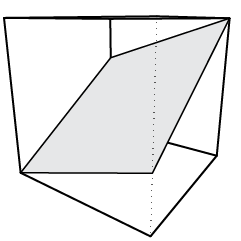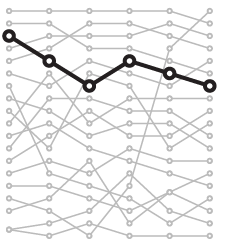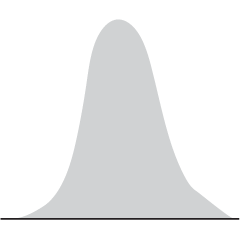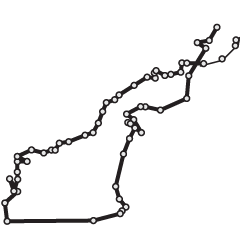We intentionally and unintentionally put data in places like Facebook and Google but most of us don’t think much of it. In an interview with The Guardian, Tim Berners-Lee, inventor of the Web, says why you should care.
My computer has a great understanding of my state of fitness, of the things I’m eating, of the places I’m at. My phone understands from being in my pocket how much exercise I’ve been getting and how many stairs I’ve been walking up and so on.”
Exploiting such data could provide hugely useful services to individuals, he said, but only if their computers had access to personal data held about them by web companies. “One of the issues of social networking silos is that they have the data and I don’t … There are no programmes that I can run on my computer which allow me to use all the data in each of the social networking systems that I use plus all the data in my calendar plus in my running map site, plus the data in my little fitness gadget and so on to really provide an excellent support to me.
Of course, getting users to see that is easier said than done. And until users see, the incentive for companies to provide such a service is low. In turn, it’s hard for data people to make a case to users, and you end up with a lot of hand waving. Challenge accepted?

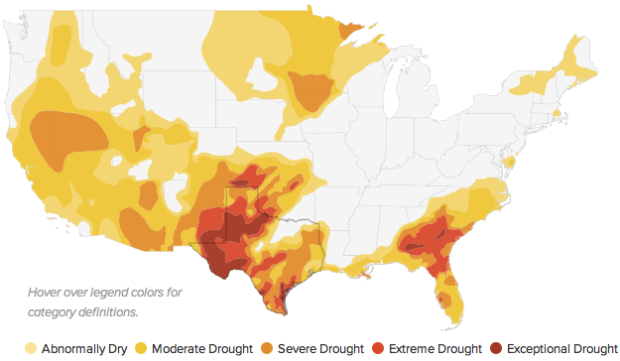
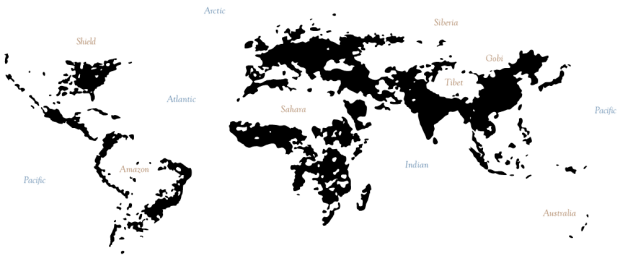

 Visualize This: The FlowingData Guide to Design, Visualization, and Statistics (2nd Edition)
Visualize This: The FlowingData Guide to Design, Visualization, and Statistics (2nd Edition)
